Guangzhou Shamian Island
At 4:25 pm on April 5, 2021, take the bus from Chenjiaci Liwan Road Bus Station to No. 623 Bus Station near Shamian Island. Get off and cross a small bridge to find the famous Shamian Tourist Area, which is now a national 5A-level scenic spot and is free. Shamian, like Shanghai's Bund, is a popular place with tourists. All tourists who have been to Guangzhou do not reach the sand surface, which seems to be a guest who has not fulfilled their wishes. I have been to Guangzhou twice before and have never met each other. I must not miss this time.
Why does sand have so much magic in front of people? Shamian, once called Shicui Island, was named Shamian because it was a sandbank formed by the alluvial flow of the Pearl River. Shamian is located in the southwest of the urban area of Guangzhou City, Guangdong Province, bordering the Pearl River Baietan in the south and Shaji Chung in the north. It is a small island facing 623 Road. It has eight streets and alleys, covering an area of 0.3 square kilometers. Shamian was a key trade and tourist destination at home and abroad in China during the Song, Yuan, Ming and Qing Dynasties. After the Opium War, it became the British and French Concessions after the eleventh year of Xianfeng of the Qing Dynasty (1861).
Shamian is an important commercial port in Guangzhou. Over the past century, more than ten countries have set up consulates in Shamian. Nine foreign banks and more than 40 foreign banks have operated in Shamian. Guangdong Customs Clubs and Guangzhou Clubs have been established in Shamian. Shamian has witnessed the changes in Guangzhou's modern history and left behind the footsteps of great people such as Dr. Sun Yat-sen and Premier Zhou Enlai. Shamian has become a microcosm of my country's modern history and the history of the concession. The European-style buildings on Shamian Island have formed a unique open-air building "Museum". It has been developed into a national AAAAA tourist attraction and is a famous tourist area, scenic spot and leisure resort in Guangzhou.
The main attraction of Shamian Island is its architecture. Most of the islands were built in the late 19th century and have a Western style. They are basically cultural relics buildings. There are more than 150 European-style buildings on Shamian Island, including 42 outstanding neo-Baroque, imitation Gothic, coupon gallery, neoclassical and combination of Chinese and Western styles. It is the most exotic European architecture in Guangzhou. group. The buildings at No. 2 to No. 6 Shamian Street, commonly known as the Red Tower, were originally the Customs Foreign Members 'Club. They are high-storey, red brick, and have spire-topped lofts built in the south and north, imitating the 19th century British romantic architectural style; The building at No. 54 Shamian Street was originally a HSBC bank, imitating the Western classical revival architectural style. It is four stories high. The exterior wall of the second floor is built with through columns to the third floor, and a pavilion with a dome roof is built on the southwest roof; The building at No. 48 Shamian Street is the most representative corridor building, with a three-story and a reinforced concrete structure. The corridors around it are arched, and the exterior walls are washed with water. The Notre Dame Catholic Church at No. 14 Shamian Street is still a pseudo-Gothic building at its entrance.
What makes Shamian more face is the White Swan Hotel, which opened in 1983. It was invested and built by Hong Kong's millionaire Mr. Henry Fok in the early 1980s. It is China's first five-star hotel with Sino-foreign cooperation.
In 1985, White Swan Hotel became a member of the first world-class hotel organization in China; in 1990, it became one of the first three five-star hotels in China; in 1996, it was ranked first in the National Top 100 Hotels Selection, and has been rated as the first choice for international business people to Guangzhou by internationally renowned media such as International Travel Guides for many consecutive years. In 2010, during the third national cultural relics census of Guangdong Province, Guangzhou White Swan Hotel was recognized as a cultural relic. Today, the White Swan Hotel is still the tallest and most eye-catching modern building on Shamian Island.
The sand surface is not only dotted with various Western buildings, allowing people to stop and linger, but also surrounded by the continuous Pearl River. On the bank of the river, there are green trees, flowers and plants, and people are surging, making it fun. There are rows of high-rise buildings across the bank, and there is also a cruise ship terminal along the river, where you can take a boat to enjoy the scenery along the river. It is a blessing to visit here.
At 6:20 p.m., we left the island from the east side of Shamian Island, took Bus No. 110 at the Cultural Park Terminal, got off on Jiefang Middle Road, and walked back to the hotel. We originally wanted to have dinner on the way, but there was no suitable restaurant. Going down from Exit A of the Gongyuanqian Subway Station, there was a hometown chef fast food restaurant with more than a dozen dishes. Eat rice as you please, which suits my appetite. The price is only a dozen yuan. Only after sitting down did we realize that it was a restaurant run by our fellow villagers in Henan Province. We ate here almost for the next two days, completely solving the problem of unaccustomed meals. After dinner, walk back to the hotel to rest.
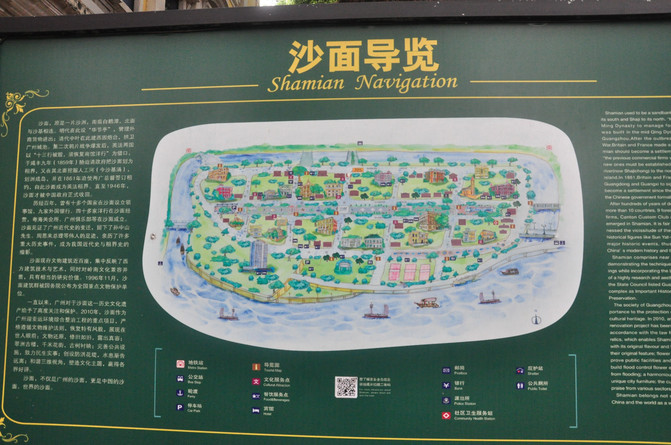



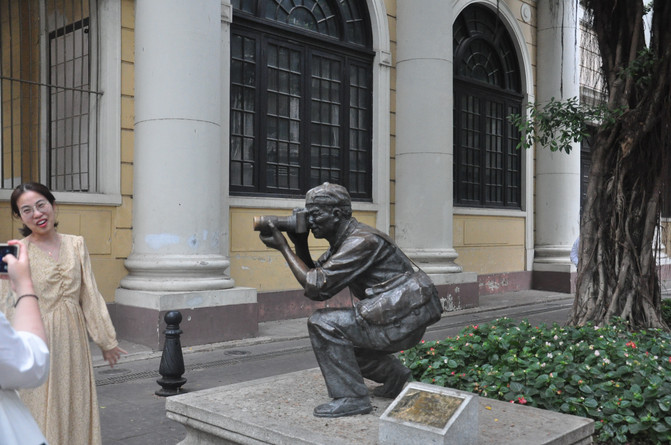











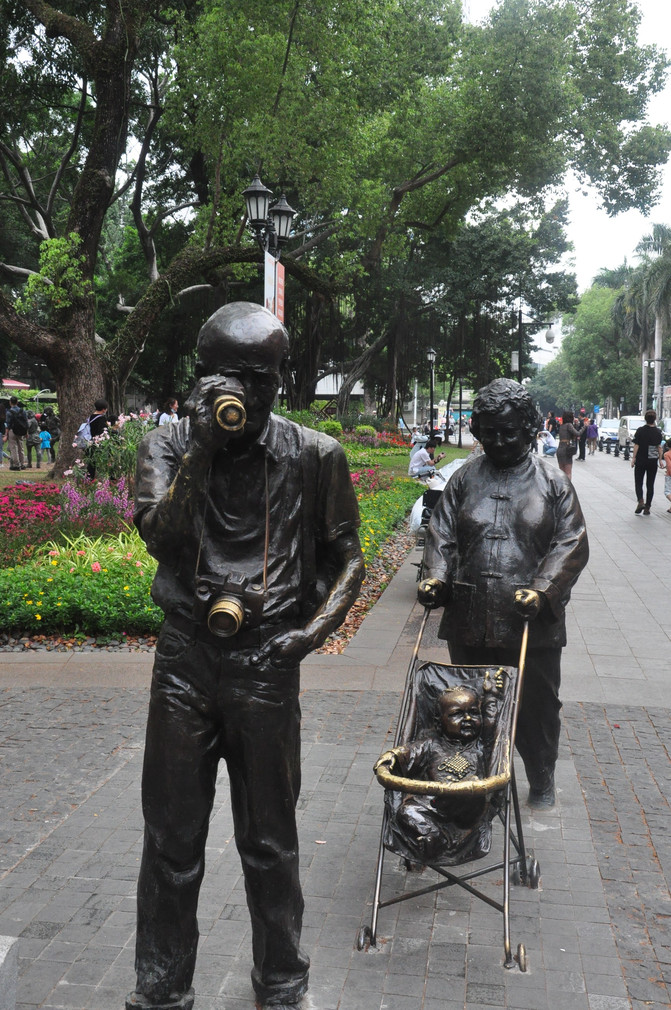


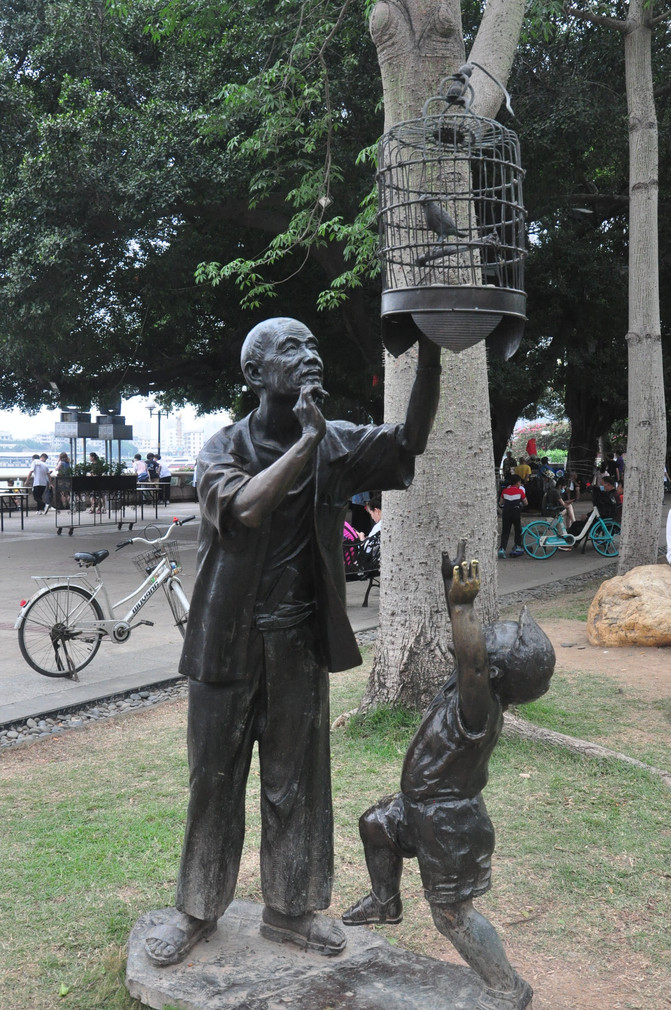












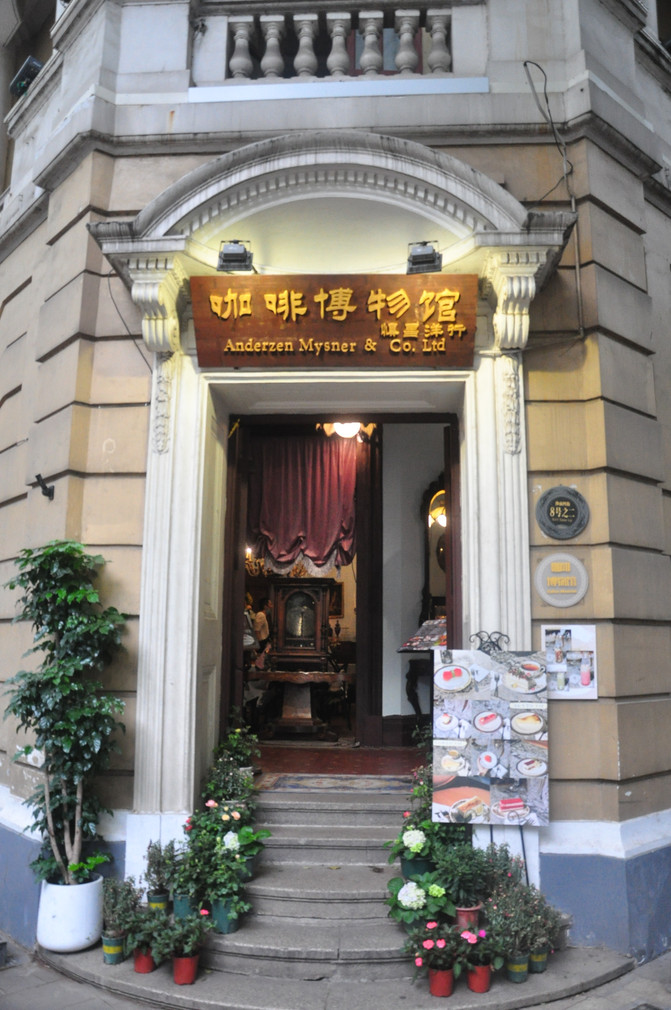








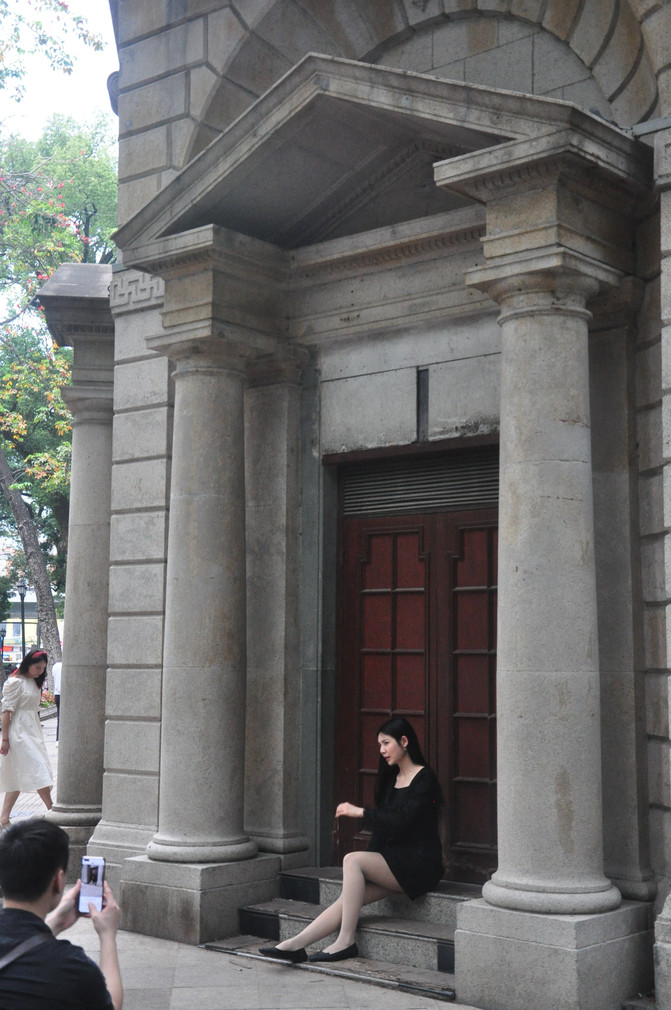



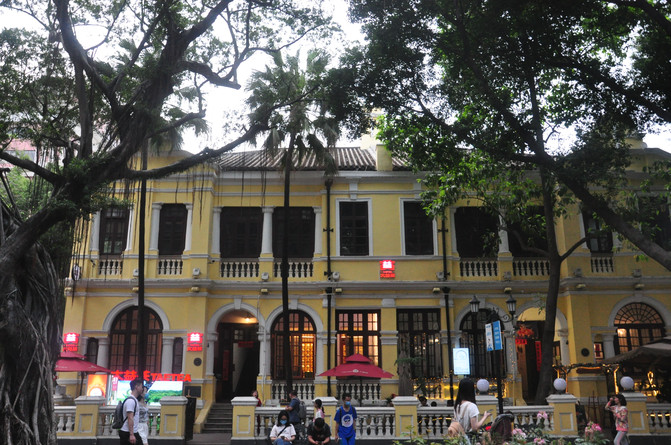

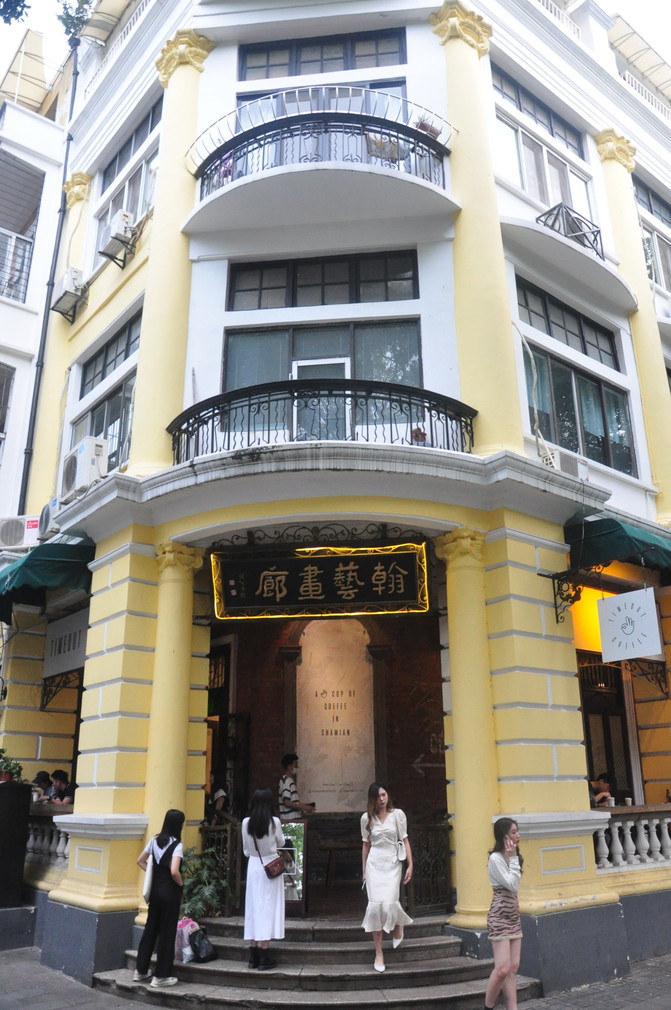

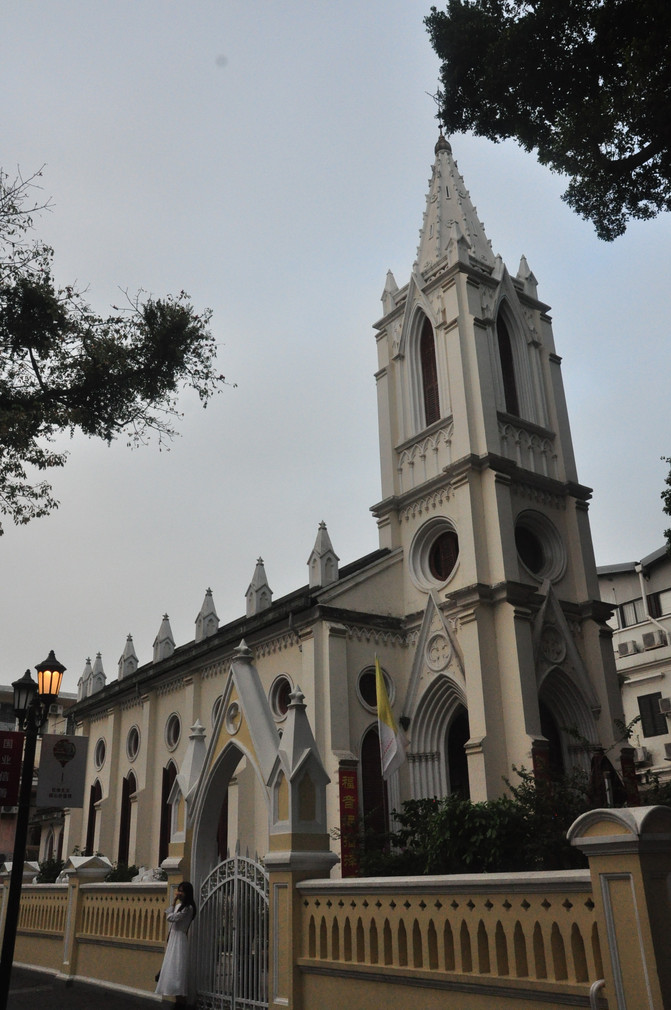
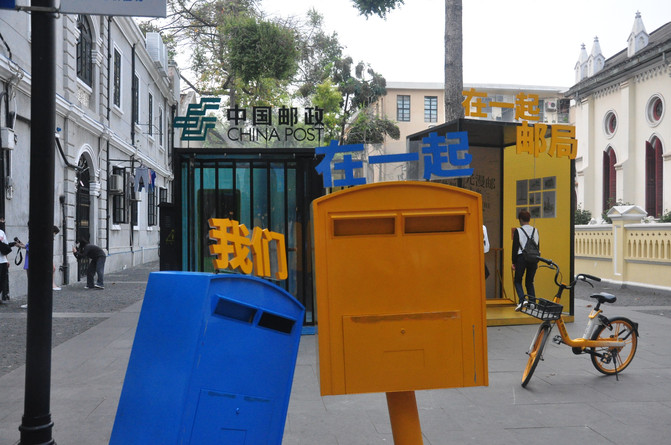

Previous Article:Where is it worth visiting for parent-child tours around Huangpu, Guangzhou in autumn
Next Article:The first business and leisure trip after the epidemic-Nansha, Guangzhou
